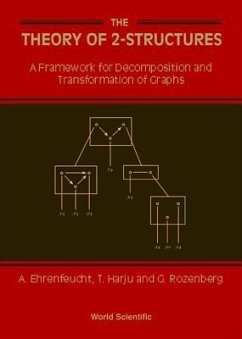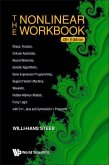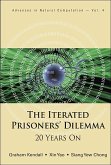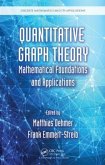The theory of 2-structures provides a convenient framework for decomposition and transformation of mathematical systems where one or several different binary relationships hold between the objects of the system. In particular, it forms a useful framework for decomposition and transformation of graphs. The decomposition methods presented in this book correspond closely to the top-down design methods studied in theoretical computer science. The transformation methods considered here have a natural interpretation in the dynamic evolution of certain kinds of communication networks. From the mathematical point of view, the clan decomposition method presented here, also known as modular decomposition or substitution decomposition, is closely related to the decomposition by quotients in algebra. The transformation method presented here is based on labelled 2-structures over groups, the theory of which generalizes the well-studied theory of switching classes of graphs. This book is both a text and a monograph. As a monograph, the results concerning the decomposition and transformation of 2-structures are presented in a unified way. In addition, detailed notes on references are provided at the end of each chapter. These notes allow the reader to trace the origin of many notions and results, and to browse through the literature in order to extend the material presented in the book. To facilitate its use as a textbook, there are numerous examples and exercises which provide an opportunity for the reader to check his or her understanding of the discussed material. Furthermore, the text begins with preliminaries on partial orders, semigroups, groups and graphs to the extent needed for the book.








